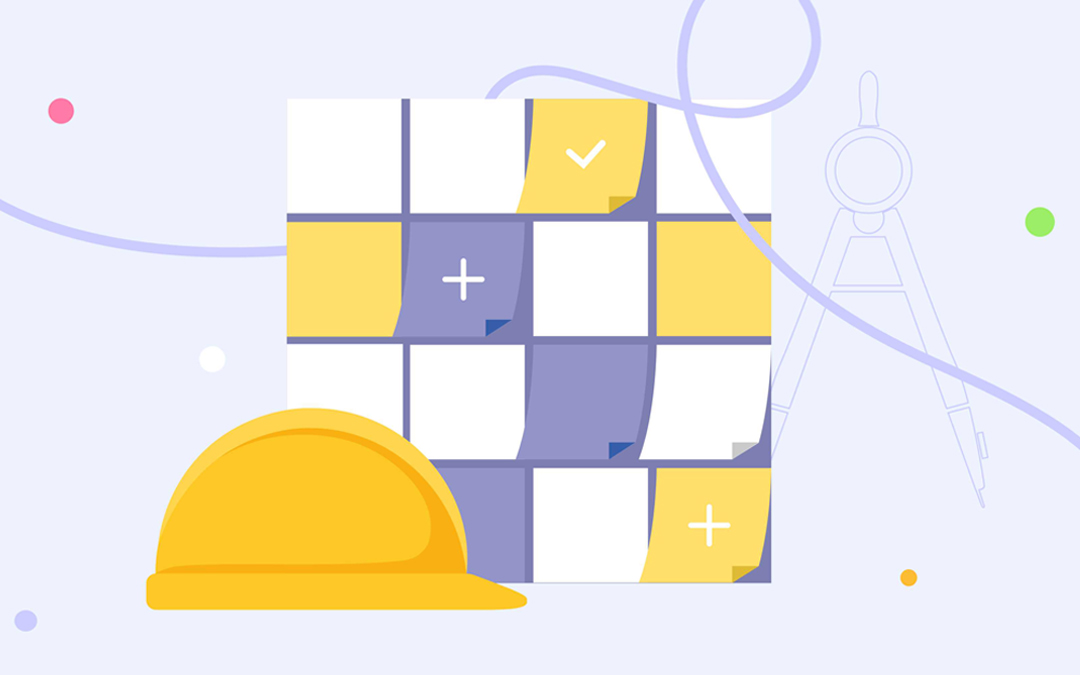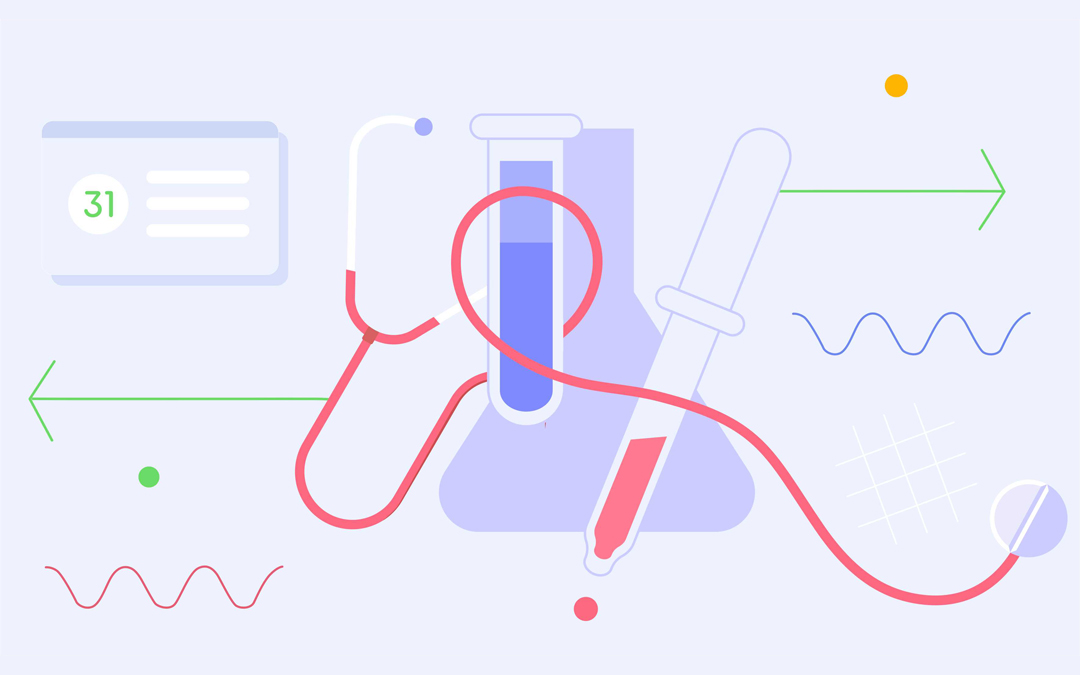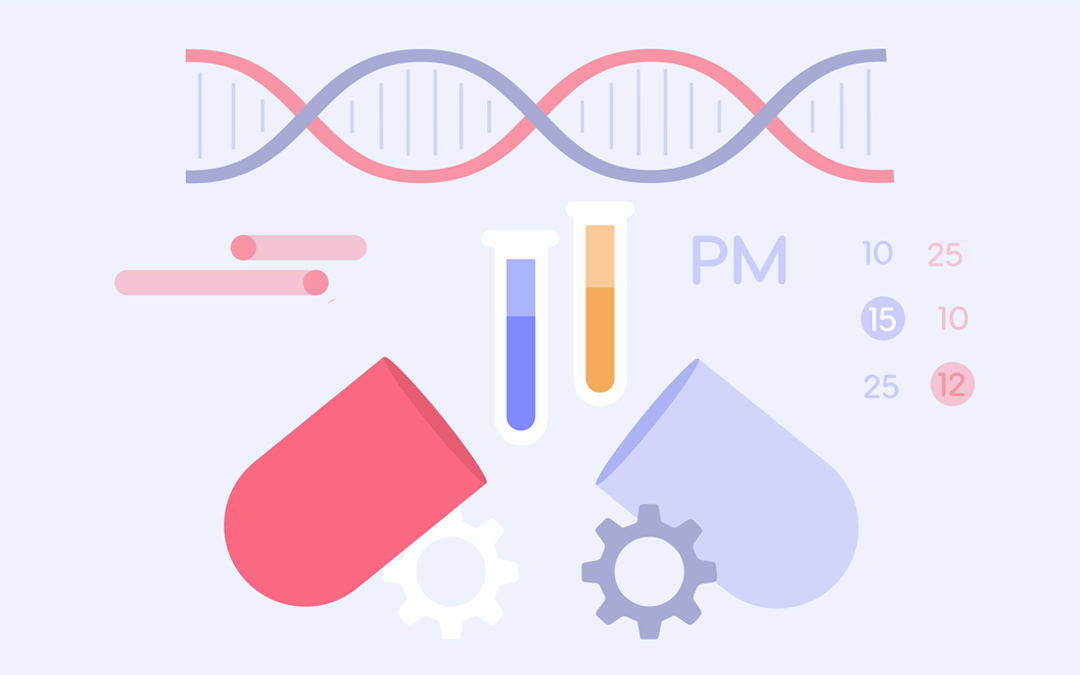Poor resource management and a lack of appropriate software are on the list of the biggest project management challenges, as stated by the Wellingtone report on the state of project management. So, it’s high time to change the situation, isn’t it?
Learn how the adoption of the right resource management software can change the game – level up your resource management and contribute to achieving your business goals.
What is a resource management solution?
A resource management solution is a software tool that helps plan, allocate, and manage a company’s resources involved in projects. It contributes to their efficient utilization for timely and successful completion of all projects running in the organization as well as improving business outcomes.
This becomes possible thanks to the diverse functionality of such tools – from providing resource managers with necessary resource-related data to making forecasts and planning resources for future projects. Some solutions embrace both project and resource management functionality and in doing so make it super easy to manage all project-related processes.
Resource management software shouldn’t be confused with enterprise resource planning systems; these solutions aim to integrate and automate fundamental business processes – project and resource management, risk management, finance, supply chain, procurement, CRM, and more. Their main goal is facilitating achieving business goals by optimizing an organization’s daily business activities.
What is the difference between project and resource management software?
As a rule, project management solutions have the following capabilities:
- Task management;
- Project scheduling;
- Collaboration tools;
- Tracking project progress;
- Time tracking;
- Budget management;
- Automatic report generation.
When you manage one project with a predictable workflow, the above-mentioned functionality can work quite well. But let’s examine the cases when traditional PM software isn’t enough.
- A company runs multiple concurrent projects with a shared pool of resources.
- You need to bring globally distributed teams together.
- It’s difficult to keep track of all essential resource-related data, and/or its amount is too large.
- You need to plan resources for upcoming projects.
In the above-mentioned situations, it’s critically important to effectively plan, allocate, and manage resources involved in projects; and this is where a resource management tool can assist you. Let’s examine its functionality in more detail.
What are the essential resource management capabilities?
Providing visibility of resource-related data
Typically, resource management tools keep, organize, and help manage all the data required for a variety of resource management processes: team members’ skills and their levels, capacity, availability, location, involvement in projects, performance data, etc.
Smart resource allocation
The software helps allocate resources based on their skills, capacity, and availability. More sophisticated solutions have functionality that automatically picks up a team member who is a perfect match for completing a project task.
Forecasting resource groups’ capacity and workload
RM solutions can forecast the output you can expect from your teams and their future workload as well as predict bottlenecks to prevent further difficulties in the workflow.
Providing insight into resource performance
You can gain insight into resources’ productivity, track spent vs remaining hours, and get an insight into how well the team members cope with their work.
Identifying sources of issues
Some RM tools help identify which of the resource groups have become a bottleneck, when, and why.
Performing scenario analysis
With this functionality, you can try out different ways of predicting and resolving bottlenecks and test other management decisions as well as analyze the effect of changes on the workflow.
Read more: Top 5 Must-Have Capabilities of a Multi-Project Resource Management Solution

How does a resource management tool help resource managers?
Basically, a resource management solution assists in key activities a resource manager is in charge of.
Resource allocation
As long as a resource management solution provides you with all the necessary data, you can quickly and efficiently assign the right talent to the right task. With resource allocation done right, you can balance team members’ workloads thanks to taking their capacity and availability into account. In addition, you can ensure fruitful work on projects, as people will perform the tasks that correspond to their competence levels and capacity.
Planning resources for upcoming projects
Predictive capabilities of an RM solution allow you to forecast future capacity and workload for more effective resource planning. Forecasting capacity will show whether there are enough team members to staff an upcoming project. Also, it will help make the right decisions regarding future projects’ feasibility; e.g., when there’s not enough capacity, a project can be postponed. And finally, predicting capacity and workload helps prevent people from overwork which can result in bottlenecks for the whole project environment.
Managing team members’ workload
To ensure high productivity, it’s important that employees are neither overloaded nor idle. But when they are involved in multiple projects, it’s really difficult to keep track of their workload and make sure that it’s balanced. An RM solution allows you to allocate resources with regard to their capacity, which minimizes risks of overallocation by itself. Also, its performance tracking capabilities help detect improper workload so that a project and resource manager can timely improve the situation.
Making more informed decisions
Poor management decisions lead to project and resource management challenges – resource conflicts, missed due dates, cost overrun, etc. But how can you be sure that you’re making the right decision under conditions of persisting uncertainty? This is where AI-driven software solutions become helpful, in particular, scenario analysis capabilities. For example, when you need to make a decision (let’s say, how to overcome a lack of resources), you can run multiple scenarios, analyze their consequences, and choose the best one. As a result, your decision will be based on the data, not assumptions, which in turn will reduce risks and contribute to better outcomes.
Tracking resource performance and detecting bottlenecks
Tracking resource performance helps you assess the state of the workflow – when the team members cope with their work well, there won’t be any bottlenecks and the project work will be efficient. A resource management solution provides both project and resource managers with the idea of how work on projects progresses (by comparing spent vs planned hours) as well as how productive the team members are (by comparing the output vs capacity). The latter can also point out issues in the workflow if there are any. Timely detecting and fixing them will ensure seamless project work.
Increasing employee productivity
A resource management solution can increase productivity in the following ways:
- By ensuring efficient resource allocation;
- By balancing team members’ workload;
- By tracking performance and timely detection of issues and inefficiencies.
If a tool has prioritization capabilities, the team members know what work they should focus on at the moment; this prevents them from bad multitasking and contributes to boosting their productivity.
Addressing resource management challenges
Resource managers face numerous challenges in their work: e.g., a lack of skilled resources, globally distributed teams, resource conflicts, and more. Resource management software’s capabilities help address these challenges thanks to ensuring resource-related data visibility, setting priorities, predicting and detecting bottlenecks, and facilitating informed management decisions.
For example, if you see that one of the team members has no capacity to complete required tasks, visibility of employees’ competences and capacity will allow you to quickly find an available person from the other group.
Read more: Managing Resources in a Multi-Project Environment: Common Challenges and Ways to Solve Them
These were the key ways a resource management tool assists resource managers in their duties. Let’s now examine how organizations benefit from adopting such a solution.
What is the role of resource planning software in project portfolio management?
Resource planning software plays a pivotal role in project portfolio management as it streamlines the allocation of resources and resource utilization across multiple projects. Its contributions include:
Optimal Allocation of Human Resources and Real-Time Visibility into Their Performance
Resource planning tools ensure efficient resource scheduling within the project portfolio. They ensure that resources are distributed effectively among projects based on priorities and constraints, reducing overallocation or underutilization, enhancing productivity and preventing employee burnout. They provide a full overview of resource demand and resource capacity and check out if they match to staff the projects perfectly, letting project portfolio managers foresee potential conflicts. If there’s a lack of resources, resource scheduling software can automatically adjust the start and end dates of projects based on capacity and availability constraints with the resource leveling functionality.
Improved Decision-Making
Resource management software often acts like a project portfolio management solution because it provides a clear overview of the entire portfolio highlighting closed, archived, planned, and current projects and their details as well as resource availability, skillsets, and workloads, aiding strategic planning. With its help, project portfolio managers can make data-driven project and capacity management decisions to improve the project flow all over the portfolio.
Alignment with Strategic Goals
Resource scheduling software is also a powerful l tool that links resource distribution with organizational objectives, ensuring projects contribute to overarching goals. With the key features of resource management solution, project portfolio managers can prioritize projects with higher business value by aligning resources accordingly.
Real-Time Monitoring and Adjustments
These tools also provide insights into resource utilization rates and availability in real time, and their analytics capabilities allow for quick adjustments when priorities shift. They also help teams respond proactively to changes or delays and let C-level management reach business objectives with less stress and effort.
By providing insights into resource demand, capacity, and allocation, resource planning software ensures successful execution of multiple projects while maintaining balance and efficiency across the portfolio.
What are the business benefits of leveraging a resource management solution?
It improves operational efficiency
Improving operational efficiency is one of the prerequisites for ensuring a company’s competitiveness, profitability, and business growth. A resource management solution contributes to improving OE in the following ways:
- It ensures that the right person works on the right task, which among other things increases productivity;
- It can automate some of the resource management processes;
- It provides opportunities for real-time and historical data analytics;
- It helps identify inefficiencies in the workflow;
- It unites distributed teams and becomes a single source of truth for every project participant.
Finally, an RM solution helps minimize the waste of time, effort, and other resources and maximizes the efficiency of project work.
It gives an opportunity to complete more projects
Oftentimes, wise and efficient resource management results in the ability to complete more work with the same number of resources. For example, as a result of an imbalanced workload, employees’ productivity can be reduced, but the reason for this can remain unobvious. A resource management solution helps identify the root cause of a problem; upon fixing it, it may turn out that the employees can be much more productive and deliver more work without being overloaded.
It optimizes project costs
An RM solution can optimize project costs thanks to:
- Boosting employee productivity, more efficient resource utilization, and decreasing downtime;
- Preventing and eliminating bottlenecks as well as reducing waste of resources;
- Improving operational efficiency;
- Facilitating effective decision-making;
- Reducing the risks of delays and cost overrun;
- Forecasting future resource needs and preventing unreasonable hiring.
It helps prevent project and resource management problems
As we’ve mentioned earlier, tracking performance with an RM solution helps identify bottlenecks; but what’s even more important is that it helps prevent bigger problems – e.g., delays, cost overrun, and even a project failure. Such an approach minimizes negative risks, increases the efficiency of project work, and contributes to achieving better outcomes.
It creates conditions for increasing a company’s profitability
To sum up, all of the above-mentioned benefits contribute to improved business performance and create favorable conditions for business growth and increasing a company’s profitability:
- Employees are productive and deliver high-quality output without delays;
- Optimized resource utilization allows a company to complete more projects with the same number of resources;
- Decreased downtime, preventing workflow problems, and minimized risks;
- Optimization of project costs.
Read the next section to learn how to select a multi-project resource management solution that will bring maximum benefits to your organization.
How to select the right resource management software?
In the variety of available resource management solutions, it can be really challenging to choose the one that will be most effective for your organization. But what you should remember is that there’s no one-size-fits-all solution – you should be guided by the specificity of your projects and your company’s business needs. It’s also a good idea to take the following things into account:
- The industry your organization is working in;
- The number/amount and kind of resources to be managed;
- The complexity of projects;
- Your employees’ readiness for changes and an RM tool’s learning curve.
Simple solutions can work well for small predictable projects, while the software with advanced functionality can help you not only address project and resource management challenges but improve business outcomes and create growth opportunities.
All the above-mentioned resource management and business benefits are available for users of Epicflow, an AI-driven multi-project resource management solution. It has both project and resource management functionality, which means that it perfectly meets all project- and resource-related needs and its advanced capabilities not only facilitate seamless management of projects and their shared resources but also help improve business outcomes.
Learn more about Epicflow’s powerful functionality by booking a consultation with our specialists.







